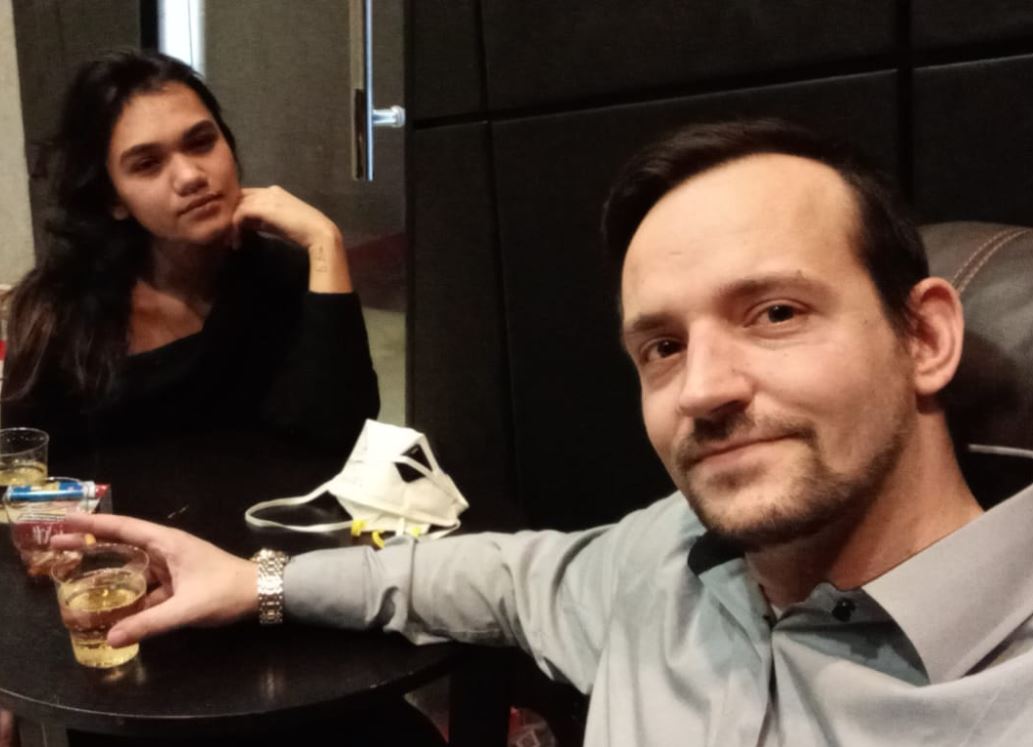Revolutionary distant surgery: Cancer patient operated in Africa to USA!
Surgeons carried out the first remote operation over 11,000 km to treat a cancer patient in Angola.

Revolutionary distant surgery: Cancer patient operated in Africa to USA!
In a remarkable medical progress, the first remote -controlled operation took place over a distance of almost 11,000 kilometers. The intervention that affected a prostate cancer patient in Angola was carried out by the surgeon Vula Patel at the Global Robotics Institute of Adventhealth Celebration Hospital in Florida. This is not only the world's first distance treatment over such a distance, but also the first remote -controllable operation on the African continent. Patel described the operation as a significant step towards technological progress and global health justice, especially in view of the limited possibilities for early detection and specialized surgery in many African countries, where prostate cancer is often the most deadliest cancer in men, especially in regions south of the Sahara.
In the operating room in Angola, a team of experts, consisting of surgeons, anesthetists, nurses and engineers, supported the project on site. This operation is not only a technical masterpiece, but also a shining example of the possibilities that modern surgery offers in overcoming geographical limits.
historical moments of telecrocia
The latest operation is part of a number of innovative telecroco -surgical interventions. Another interrontinental live operation was recently carried out in China, led by Zhang XU, a member of the Chinese Academy of Sciences. This took place in Beijing and was controlled by Roma, whereby the team used a robot system developed in China. The procedure also dealt with the treatment of prostate cancer. The technology of 5G plus internet communication played a crucial role to ensure low signal delay times and high precision.
The conference "Challenges in Laparoscopy & Robotics" in Rome, during which this operation took place, brings together a variety of experts to promote exchange about advanced surgical techniques. Zhang's conductive role in the implementation of these complex interventions, which he has been presenting for 15 years, underlines the importance of such events and progress in telecract.
The technology behind the surgery
Telecurgery itself is an surgical procedure that surgeon is operated on in a location from a different position. The idea behind it is rooted in military applications in which immediate access to surgical interventions is necessary without transporting the wounded in the combat area. Technical challenges such as network cladding and the conversion of video images and surgical movements into electronic signals are of central importance. The first projects were considered not very innovative, which led to the development of European projects such as Master, which formed the framework for robot -based telecracts.
With the developments in 5G technology, which offer a higher range and shorter latency times, interest in telecrocia is growing. This advances make it possible to promote international cooperation and to improve access to high -quality surgical care worldwide.
The surgery of Vipula Patel shows the immense potential of these technologies and opens up new perspectives for the treatment of complex diseases, including in regions that have previously had little access to specialized medical care.
In summary, it can be said that both the operation in Angola and the steps in the history of medical technology are remarkable in China. Such progress is not only technological achievements, but also significant steps towards global health justice.For more information on these developments, the specification of Kleine Zeitung can be consulted on the approaches and perspectives of robotic telecravation about the operations carried out by Zhang XU and the article of the BDC: Kleine Zeitung , People’s daily , bdc .

 Suche
Suche
